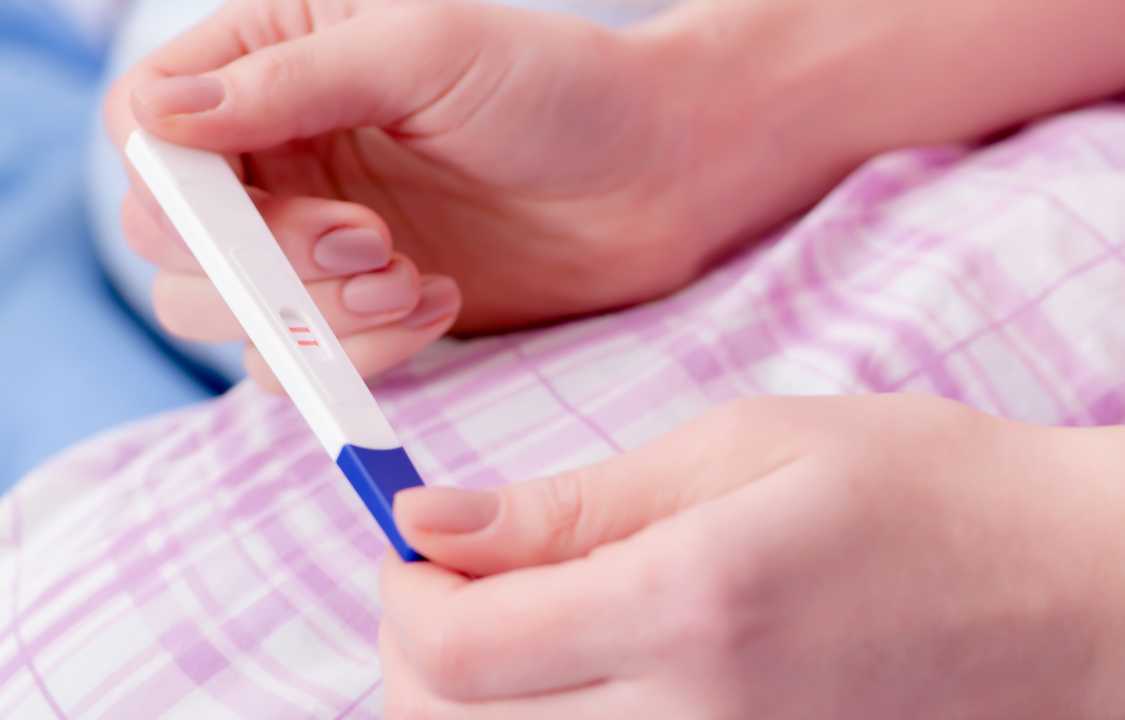Health Care
Early Positive Pregnancy Tests: Are You Really Pregnant?
Early pregnancy tests are designed to detect pregnancies days before a missed period. Learn how they differ from standard pregnancy tests.
The anticipation of pregnancy can be both thrilling and anxiety-inducing. The desire to confirm a pregnancy as soon as possible has led to the development of early pregnancy tests. These tests claim to detect the presence of the hormone human chorionic gonadotropin (hCG) up to five days before a missed period, offering the potential to provide expectant parents with an early answer to one of life’s most significant questions. In this comprehensive exploration, we will delve into the science behind these early pregnancy tests, understand their accuracy, and weigh the pros and cons of using them.
Pregnancy Detection Mechanism
Before delving into the intricacies of early pregnancy tests, it’s essential to comprehend the fundamental mechanism of pregnancy detection. Pregnancy tests, whether conducted at home or in a healthcare provider’s office, rely on the detection of hCG in the body. Human chorionic gonadotropin is a hormone produced by placental cells during pregnancy and is an unmistakable indicator of a developing pregnancy.
The presence of even a minimal amount of hCG in the body signifies that a fertilized egg has successfully implanted itself in the uterine lining. This event marks the initiation of pregnancy and is the basis for all pregnancy tests’ functionality.
At-Home Pregnancy Tests vs. Commercial Tests
The key differentiator between various pregnancy tests, especially early pregnancy tests, is their sensitivity to hCG levels. Commercial pregnancy tests typically have a sensitivity range of 20 to 50 mIU/mL, with early pregnancy tests having the ability to detect lower hormone levels. This heightened sensitivity is what allows early pregnancy tests to potentially provide results several days before a missed period.
Seth Guller, PhD, the director of the Gyn/Endocrine Laboratory at the Yale School of Medicine, explains that since hCG levels double every two to three days, some early tests can detect hCG earlier. This leads to the intriguing possibility of receiving an early confirmation of pregnancy.
However, it’s important to consider a significant caveat mentioned by Guller – most pregnancies that end in miscarriage occur during the first seven weeks. This statistic raises questions about the practicality of early pregnancy detection, as it may expose individuals to the emotional turmoil of learning about brief chemical pregnancies, which are miscarriages occurring within the first five weeks.
The Case for Early Pregnancy Tests
Despite the complexities and emotional challenges associated with early pregnancy tests, there is a compelling argument in favor of their use. Knowing about a pregnancy in its early stages enables individuals to make informed health and lifestyle choices that can significantly impact the outcome of the pregnancy.
According to the Centers for Disease Control and Prevention (CDC), taking early action such as smoking cessation, receiving vaccinations, and maintaining a healthy weight can increase the chances of delivering a healthy baby. Furthermore, Charles Lockwood, MD, the chief of obstetrics and gynecology at Yale-New Haven Hospital, emphasizes that the risk of exposure to agents causing birth defects typically does not begin until two weeks after conception. This underlines the importance of early awareness and proactive measures.
The Quest for Accuracy
While early pregnancy tests offer the potential for timely decision-making, their accuracy can be influenced by various biological factors. These highly sensitive tests claim to identify a pregnancy up to a week before a missed period, but the timing of embryo implantation can vary significantly among individuals.
Dr. Hugh S. Taylor, the chief of reproductive endocrinology and infertility at the Yale School of Medicine, notes that embryo implantation is a process that unfolds over several days rather than a single event. According to UCSF Health, it can take up to six days after fertilization for the embryo to become a blastocyst, a well-organized mass of cells, and initiate the implantation process.
Furthermore, Dr. Taylor highlights that embryos can grow at different rates, varying by about one day prior to implantation. Additionally, the results of pregnancy tests can be influenced by factors such as maternal body size and hydration status.
In light of these factors, it becomes evident that the timing of a positive pregnancy test result can vary significantly from person to person. The sensitivity of the test is only one piece of the puzzle; individual biological variations play a crucial role in the accuracy of these tests.
Conclusion
Early pregnancy tests have emerged as an incredibly valuable and indispensable tool for individuals who are eagerly seeking to confirm their pregnancy as soon as possible. These tests, with their remarkable sensitivity to human chorionic gonadotropin (hCG) levels, offer the tantalizing potential for early detection, thereby empowering people to make proactive health and lifestyle choices with confidence and assurance.
Nevertheless, it is essential to acknowledge that the accuracy of early pregnancy tests can be influenced by a myriad of biological variations. This intrinsic variability means that the timing of a positive result can differ significantly among individuals, adding an element of unpredictability to the process. Consequently, it is of paramount importance to approach these tests with an abundance of patience and maintain realistic expectations.
In the end, the decision to utilize early pregnancy tests should remain a profoundly personal one. It should encompass careful consideration of emotional readiness to cope with potential variations in results and the rollercoaster of emotions that may ensue. Whether one opts for early testing or chooses to await a more certain outcome, the journey to parenthood unfolds as a uniquely individual and deeply personal experience, marked by its own distinct set of challenges, triumphs, and moments of profound joy.

